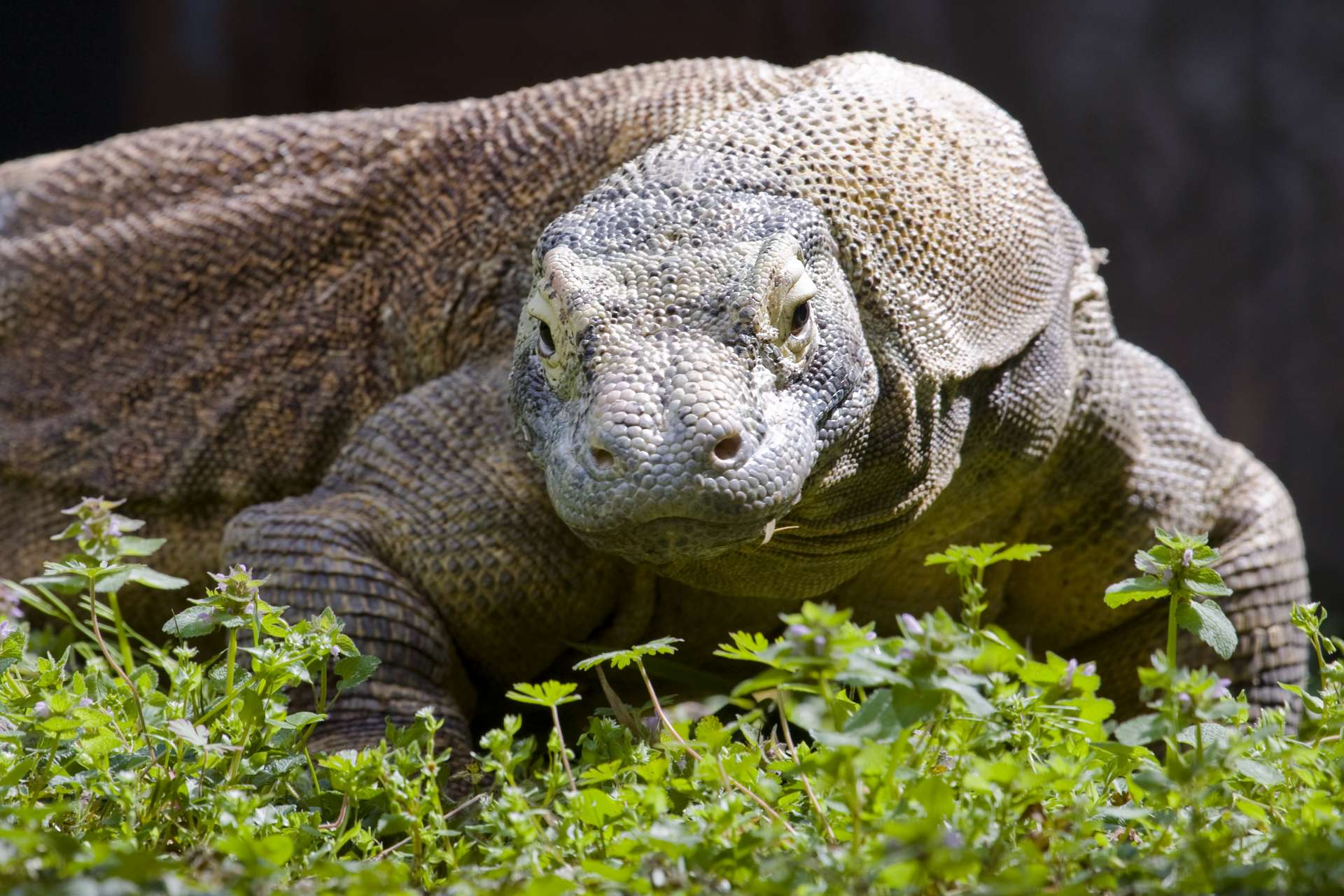Summary of How do reptiles and amphibians beat the heat?:
The content discusses how the Herpetology Department at Zoo Atlanta helps reptiles and amphibians beat the heat. It explains that these animals are ectothermic, relying on the environment to regulate their body temperature. The article mentions various methods to keep the animals cool, such as providing shade, running sprinklers or misters, and creating pools or mud wallows. The author encourages visitors to observe how the animals stay cool while visiting the Zoo.
Summary:
– Reptiles and amphibians are ectothermic, meaning they rely on the environment to regulate their body temperature.
– They can overheat if they cannot escape extreme temperatures.
– Zoo Atlanta provides various ways for these animals to beat the heat, such as shade options, sprinklers, misters, pools, and mud wallows.
– Some animals require even cooler temperatures, so their habitats are chilled.
Good day, my fellow nature enthusiasts! Today, let’s dive into the unique and fascinating ways reptiles and amphibians beat the heat. Join me as we explore the world of these scaly and slimy creatures at Zoo Atlanta, where we ensure their well-being even on the hottest days.
Now, you may wonder why these animals need to beat the heat. After all, don’t they thrive in warm temperatures due to being cold-blooded? Well, it’s time to debunk the “cold-blooded” myth. If you were to cut open a lizard, you wouldn’t find icicles in its veins. Just like us, reptiles and amphibians have normal blood that isn’t particularly cold. The correct term to describe their temperature management is “ectothermic.” This means they rely on the environment to regulate their body temperature, unlike mammals, which produce internal heat. However, this doesn’t mean they always prefer the heat. They adapt to utilize the world around them to achieve their thermal equilibrium. If it’s too hot, they seek shade. They bask in the sun for a quick warmth boost if it’s too cold.
Ectotherms, including most fish, reptiles, and amphibians, can face overheating just like mammals if they cannot escape extreme temperatures. And that’s where our role at the Zoo comes into play. We strive to provide them the means to beat the heat and lead comfortable lives.
At Zoo Atlanta, many of our reptiles and amphibians reside within the climate-controlled spaces of Scaly Slimy Spectacular. However, we also allow them to enjoy the great outdoors during the summer months. To help them beat the heat, we implement various strategies. One of these is providing natural and human-made shade options in their habitats. Take a look at Rinca, our magnificent Komodo dragon. You’ll notice a large tunnel if you observe his outdoor space closely. This, combined with the abundance of plants, offers him plenty of opportunities to escape the scorching sun and take a refreshing heat break.
But shade isn’t the only trick up our sleeves. For Rinca and many of our outdoor tortoises, such as the charismatic Shuffles and Corky, the Aldabra tortoises, we use sprinklers and misters during the day’s hottest hours. This way, we simulate some rain and create a cooling effect for them. You might even catch Shuffles submerged in the large pool, finding solace and relaxation underwater! Their habitat also features a mud wallow, which Corky particularly enjoys, delighting in cool mud baths to beat the heat.
Now, some of our beloved animals require even cooler temperatures than the average mid-70s temperatures that we humans find comfortable. Take, for instance, our eastern hellbenders. These incredible creatures thrive in cooler waters. To ensure their well-being, special units chill their habitat water into the refreshing 60s. This prevents them from “baking” in the balmy 70s and allows them to flourish in their preferred environment.
So, the next time you visit Zoo Atlanta, take a moment to observe and appreciate how our reptiles and amphibians keep themselves cool in their unique ways. And perhaps, as you witness their strategies for beating the heat, you’ll find inspiration to keep cool yourselves, both in the literal and metaphorical sense.
Now, explore the amazing world of reptiles and amphibians, fellow nature enthusiasts! Let the wonders of nature ignite your curiosity and appreciation. Until next time!
Robert L. Hill
Curator of Herpetology


